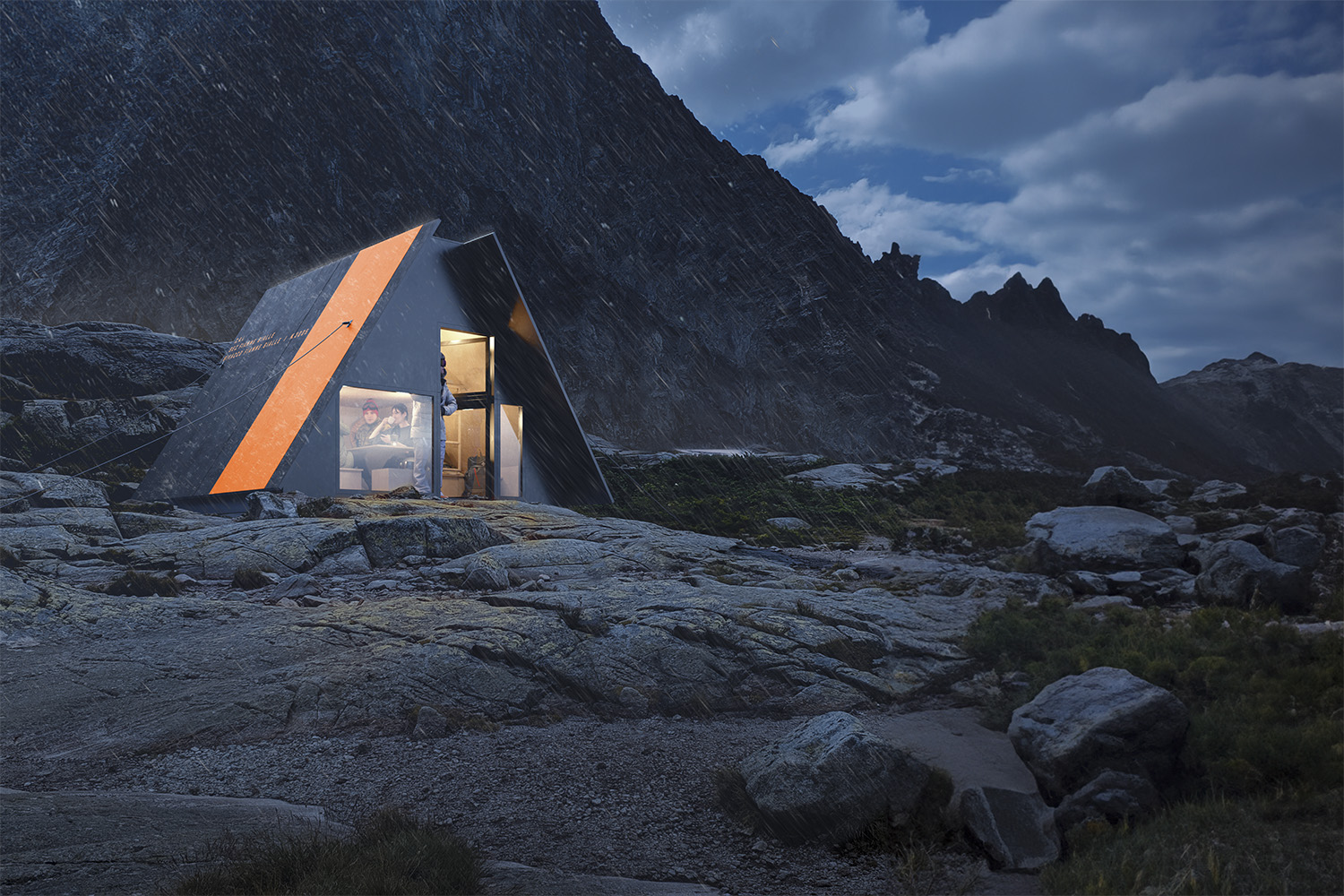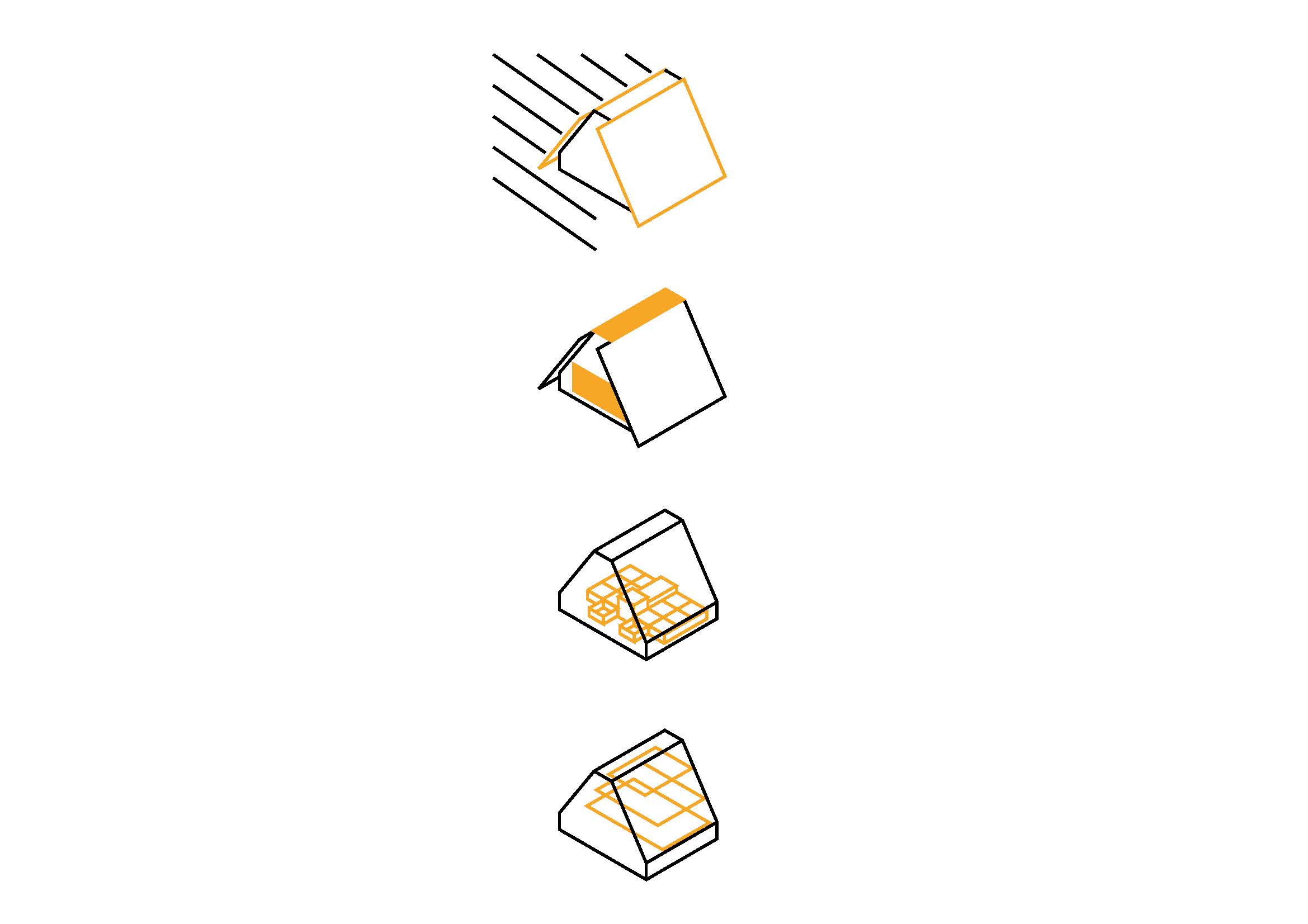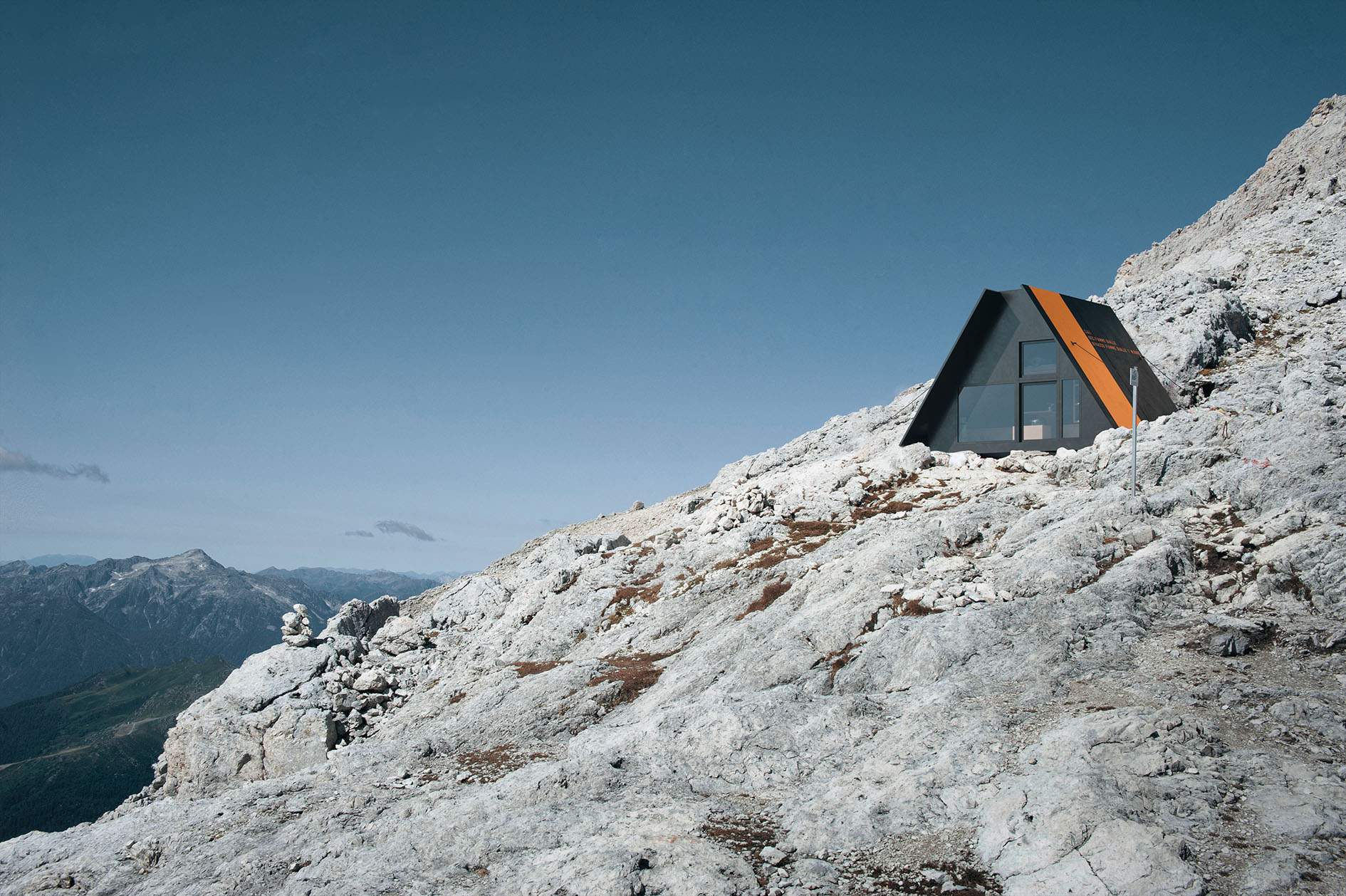Imagination, the vital element, the creative drive, we might define it as the pulsing energy. Creativity, on the other hand, represents the incandescence, the very act, the movement. It feeds on beauty or, more precisely, the art of dealing with lack, “the friendship towards lack.” As humans, we are lacking creatures, always missing something, and the history of the arts teaches us that it is often the most sensitive or “lacking” souls who demonstrate the greatest creativity. This source of energy, “fuel” or “electricity,” represents the awareness of this lack, combined with the vision of opportunities, a crack, a “Beyond,” a Beauty, manifested in a face, a gesture, a landscape. This possibility glimpses during a fleeting moment, preferably in a state of absolute, albeit momentary, well-being. Creativity is devoid of rules; rules and methods emerge later, when moving on to the “craft work,” a longer and more meticulous process. A motor is needed to burn the fuel, to create energy. And what is the motor made of? The motor is us and it consists of various components: predisposition, DNA; childhood experiences; the educational path; and adult experiences, including travels, encounters, and maintaining curiosity, which keeps us open to influences, including those of art and nature. Imagination could also be described as Associative Thinking, the type of thinking we use when exercising creativity. According to some paleoanthropologists, it is this prerogative, and not linear thinking as long believed, that makes us unique in the panorama of evolution. From a practical point of view, the unique creative capacity of humans was in the past linked to intellectual ability, reason, and logic, but this is not the case. It is instead that imponderable part of our behavior that allows us to overcome crises through creativity. And according to paleontology, this occurred between 200,000 and 90,000 years ago when the artist was born. The motor and the fuel alone are not enough to design, create, be creative. An additive, a spark, is needed: inspiration or that mysterious, imponderable something that comes in but is not enough; personal freedom, initiative, an attraction, the friendship with one’s own lack – precisely – is needed to ignite the combustion and launch the creative process. The process of architectural design and planning is then a long and incredibly intricate path, a battle involving opposing forces. It is a war made up of continuous battles, to ensure that imagination is not defeated, that the combustion does not go out, and that creation survives, guaranteeing a final result.

What does it mean to create architecture instead of a simple building, a containing structure, or a Design project with a capital D? Essentially, the result of a building or a structure is never neutral. There is never a draw; there is always a victory or a defeat: for the client, for the city, the territory, the community, or the landscape. Introducing fantasy and imagination into creating architecture means creating something with meaning, something that relates to something Else. This happens when the result opens up new horizons, new perspectives, when a well-designed space or object induces a deeper breath, an inner smile, an unexpected satisfaction. Personally, to design and create, I haven’t drawn for years, at least in the initial phase. I imagine the project in my mind as a 3D model. This approach not only involves computer drawing but eliminates drawing itself. Ideas take shape mentally, as 3D models. This process is similar to that of many composers and musicians. John Cage claimed to perceive music mentally before transcribing it, while Giovanni Allevi composes in the pool while swimming (at least as long as he could), Franco Battiato worked directly on the computer, having the music already in his head. Drawing is a tool for communication, especially with collaborators. This shows that the creative act, where fantasy plays a predominant role, is different from “craft” or “manual” work, a methodical job to produce specific results. In an architectural project, fantasy should always be present, even when it is not evident. It can be evident in the result or subtly expressed but it must always be there. Otherwise, it cannot be called Architecture.

